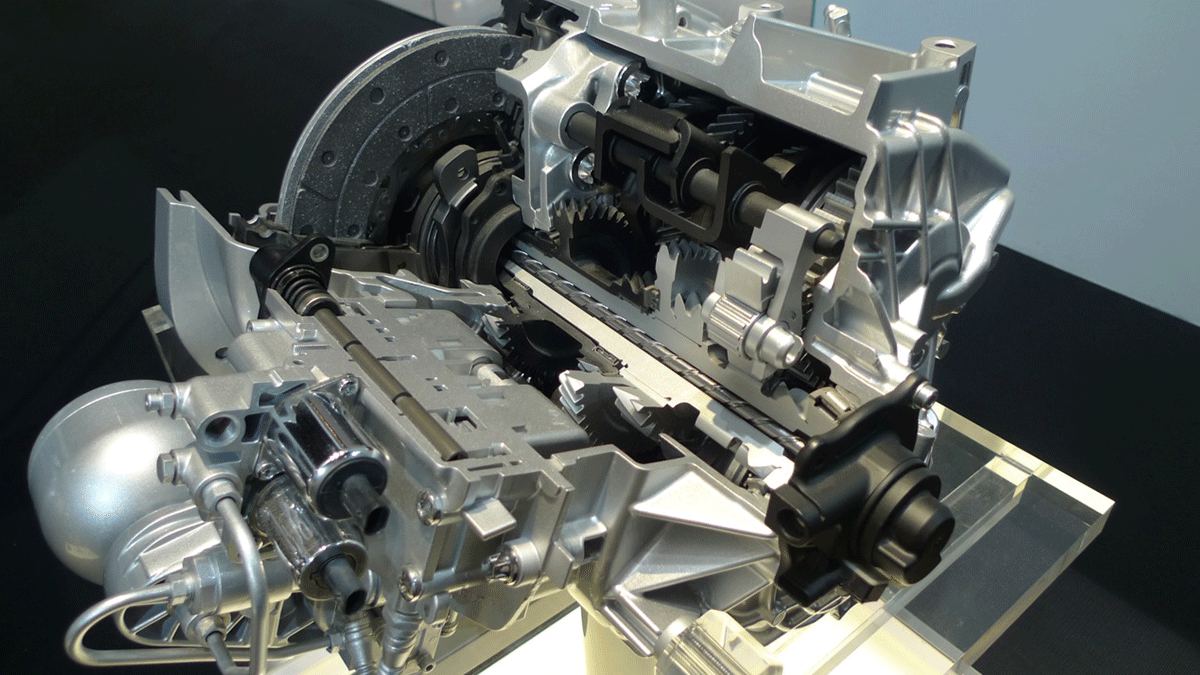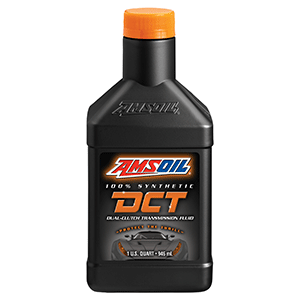A dual-clutch transmission (DCT) is synonymous with high performance. Compared to a traditional automatic transmission, it delivers…
- Faster, smoother shifts
- Increased fuel economy
- Improved performance
Although the DCT transmission dates to the 1930s, it made its first practical appearance decades later in several 1980s-era race cars.
In 2003, the Volkswagen Golf Mk4 R32 was the first production vehicle to feature the technology.
Today you can find a DCT in a variety of cars, from the relatively tame Hyundai Sonata to the brash, sexy Nissan GT-R.
How a DCT transmission works
DCTs are essentially two manual transmissions working in tandem.
One gear shaft contains the even-numbered gears, and the other contains the odd-numbered gears. While you’re accelerating in first gear, for example, the computer selects second gear on the other gear shaft. When it’s time to up-shift, the clutch that controls the even gears disengages and the clutch that controls the odd gears engages.
Compared to a traditional automatic transmission, gears shift much more quickly and smoothly in a DCT transmission – the perfect complement to a powerful, high-performance engine.
While DCTs are capable of seamless shifts, they can suffer from shudder or lurching at slow speeds.
Transmission fluid with specific frictional properties is required to prevent shudder. DCT fluid must also maintain the proper viscosity to provide protection during the high-heat operation native to high-performance sports sedans and supercars.
Protect the thrill
AMSOIL 100% Synthetic DCT Fluid is specifically engineered for sophisticated dual-clutch transmissions.
Its superior frictional properties protect against shudder and gear clashing to consistently produce fast, smooth shifts.
AMSOIL Synthetic DCT Fluid’s exceptional durability provides stability in stop-and-go traffic and excels under intense, high-heat conditions. Its built-in oxidation resistance helps prevent sludge formation in vital transmission parts.
Updated. Originally published: June 28, 2016.







Comments
Share: